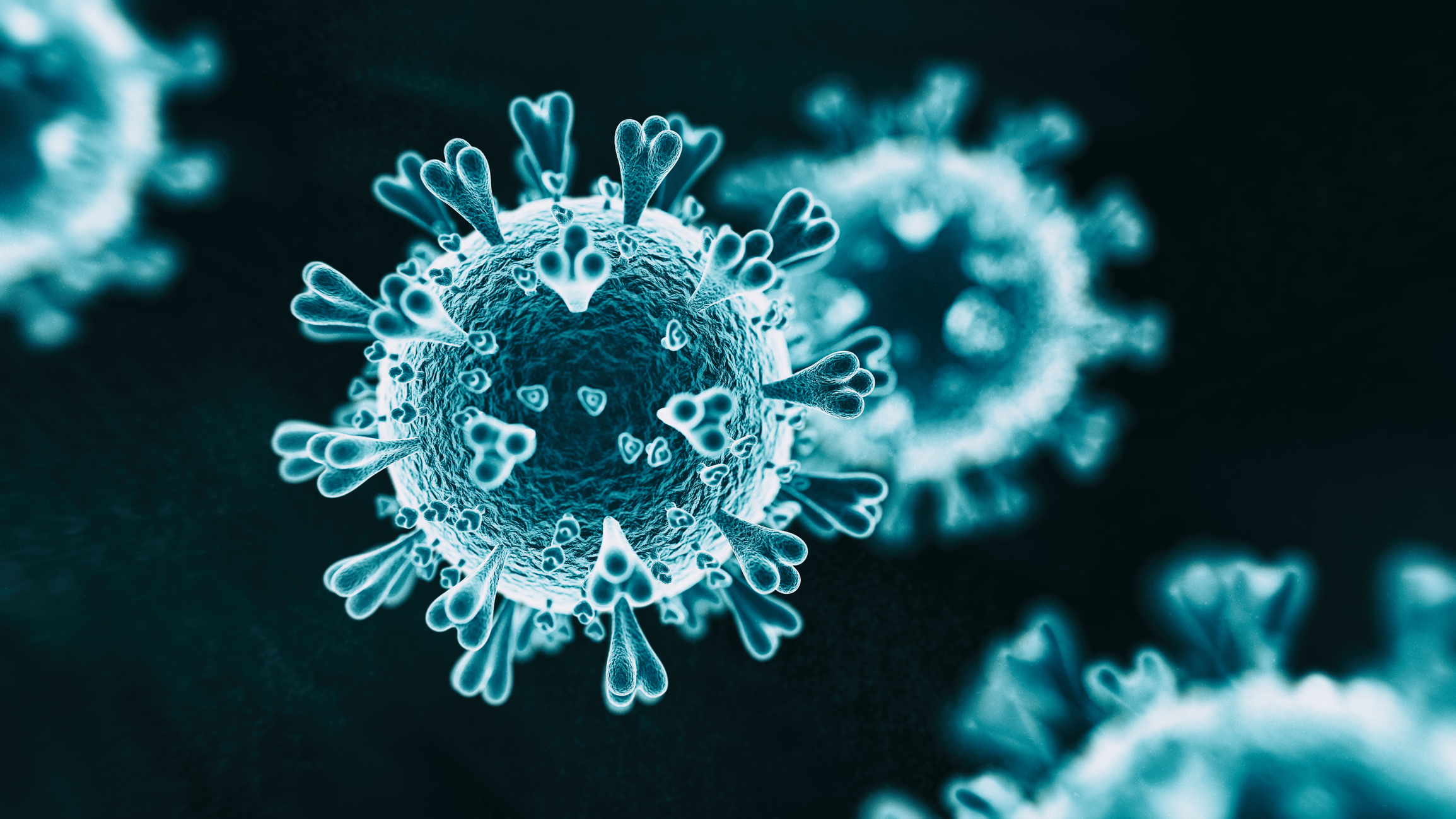CDC Finds COVID-19 In Two Cats

Two cats in New York have become the first pets in the United States to test positive for the virus, according to two government agencies.
The Centers for Disease Control and Prevention and the Department of Agriculture’s National Veterinary Services Laboratory jointly announced some grim news for pet lovers: two cats, both in New York, tested positive for COVID-19 recently.
The animals have separate household and owners and were located in different areas of the state. Officials did not disclose the locations. Both animals were reported to have mild respiratory illnesses and are expected to make a full recovery.
How they contracted the disease is uncertain. In one instance, one of the cats was living in a household with someone confirmed to be ill with COVID-19, so the virus may have been transmitted by a mildly ill or asymptomatic household member or through contact with an infected person outside its home, according to the agencies. A second cat under the same roof was symptom free.
The other afflicted cat apparently had no known contact with a coronavirus carrier.
The CDC said routine testing of animals is not recommended at this time. The agencies also noted that there is no evidence that pets play a role in spreading the virus in the U.S.
“We don’t want people to panic. We don’t want people to be afraid of pets” or to rush to test them en masse, said Dr. Casey Barton Behravesh, a CDC official who works on human-animal health connections. “There’s no evidence that pets are playing a role in spreading this disease to people.”
Still, the CDC is recommending that people prevent their pets from interacting with people or animals outside their homes — by keeping cats indoors and dogs out of dog parks, for instance.
According to the Associated Press seven tigers and lions tested positive at the Bronx Zoo, and there have been a “small number of confirmed cases of the virus in animals worldwide.” U.S. authorities say that while it appears some animals can get the virus from people, there’s no indication the animals are transmitting it to human beings.
rmurphy@indyeastend.com









